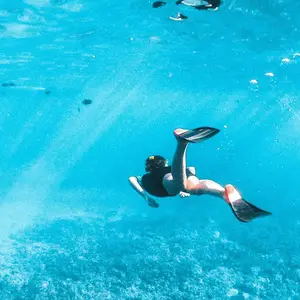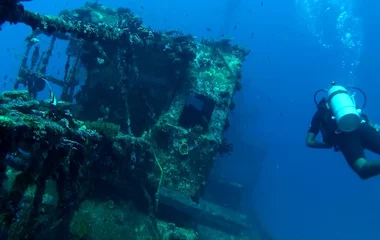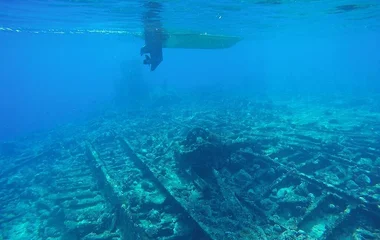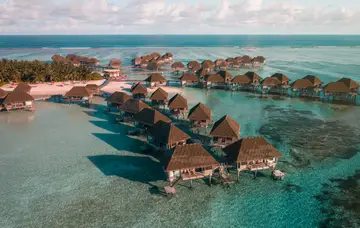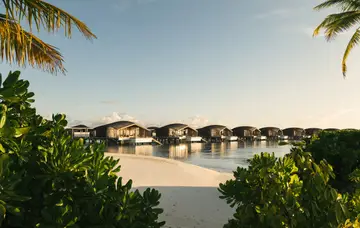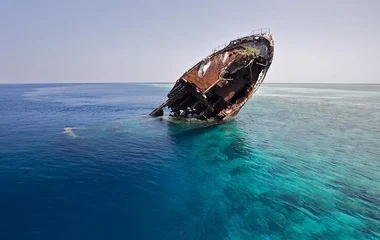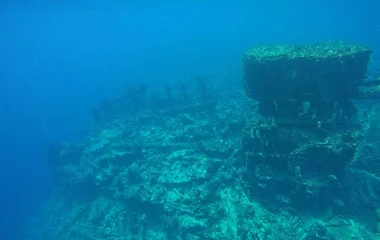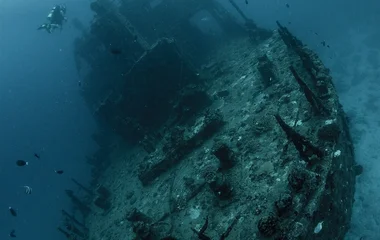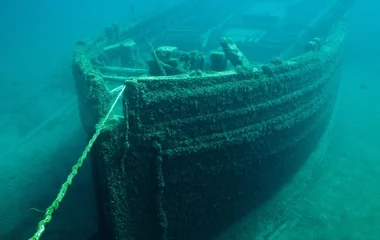
Kuda Giri Wreck, South Malé Atoll
Kuda Giri wreck is located just southwest of Dhigu island, south of Malé. This underwater pinnacle has a thriving coral population close to the surface but dive down 18 metres, and you'll discover a sunken fishing trawler lying upright against its slope. With the ship's bow pointing upwards, the stern rests at about 30 metres below the waves. Throughout the wreck, you can find various types of coral, both hard and soft, and a large population of jackfish, batfish, and glassfish, among other creatures—an underwater secret you’ll be thrilled to uncover.
